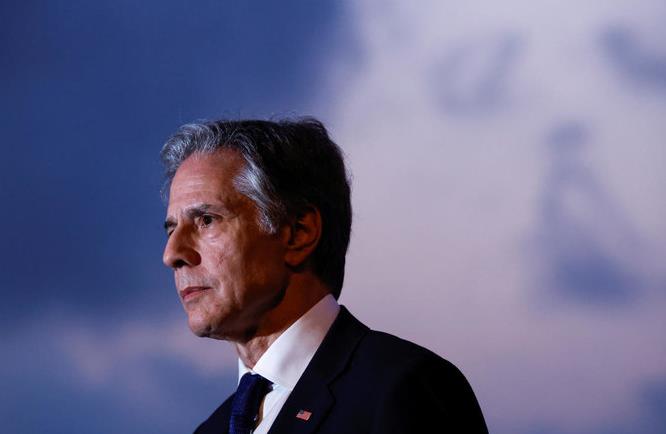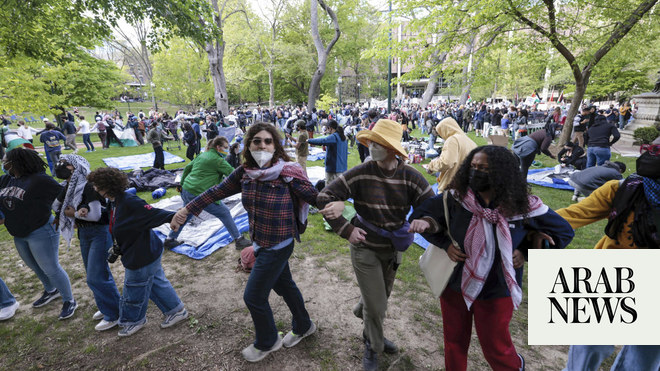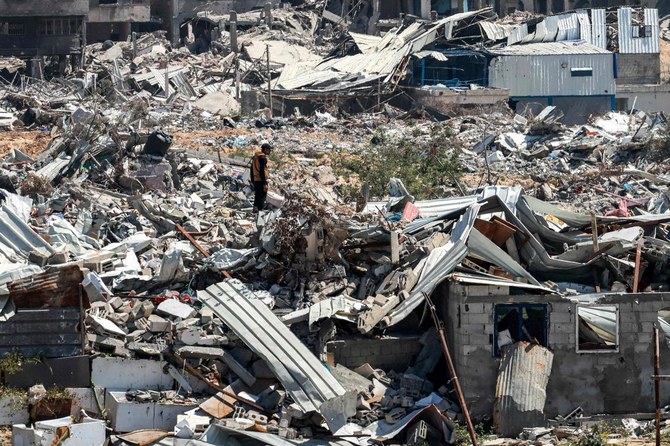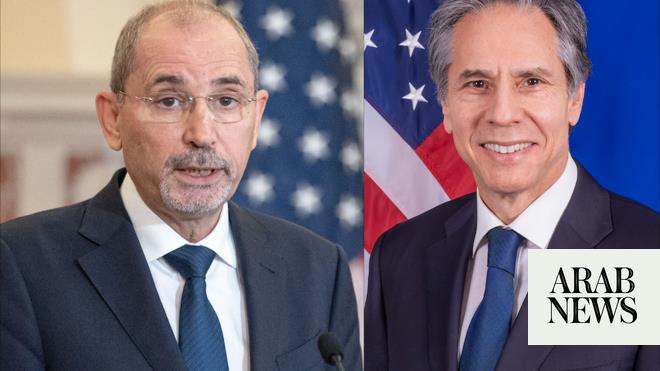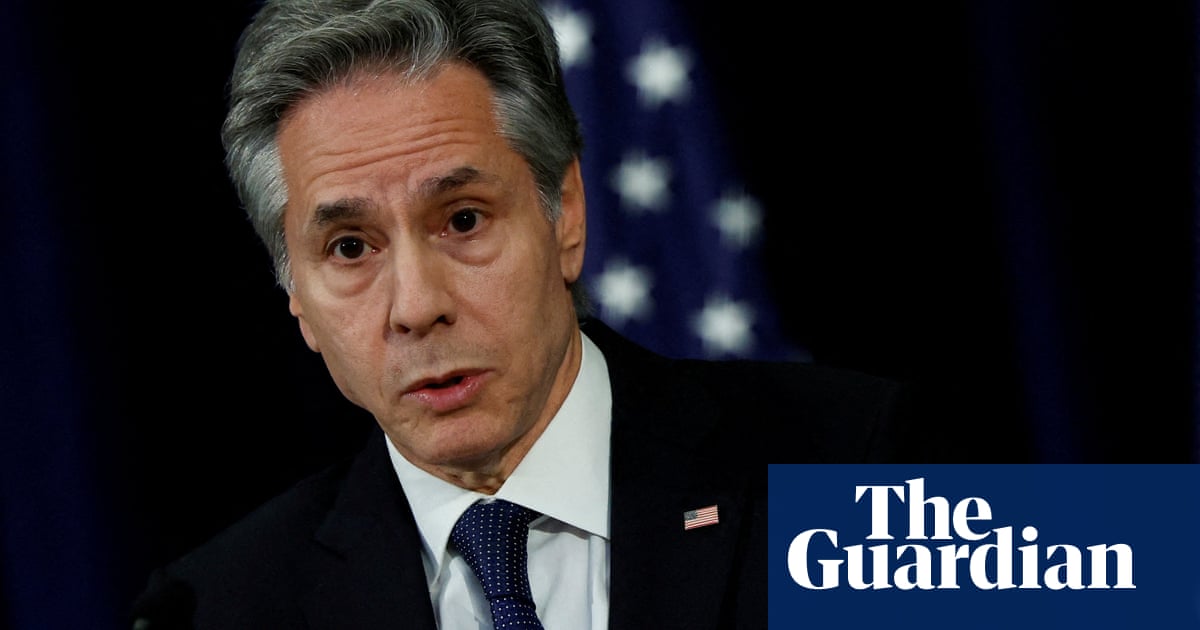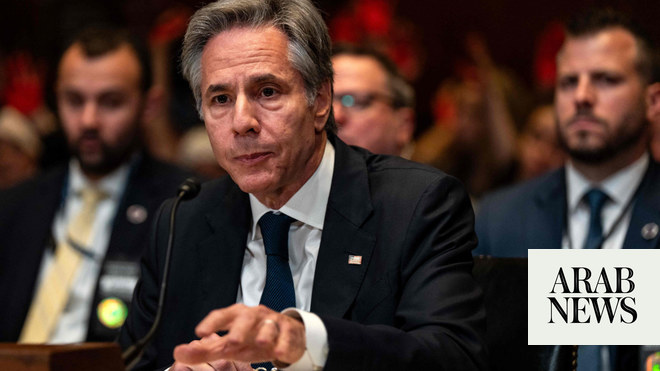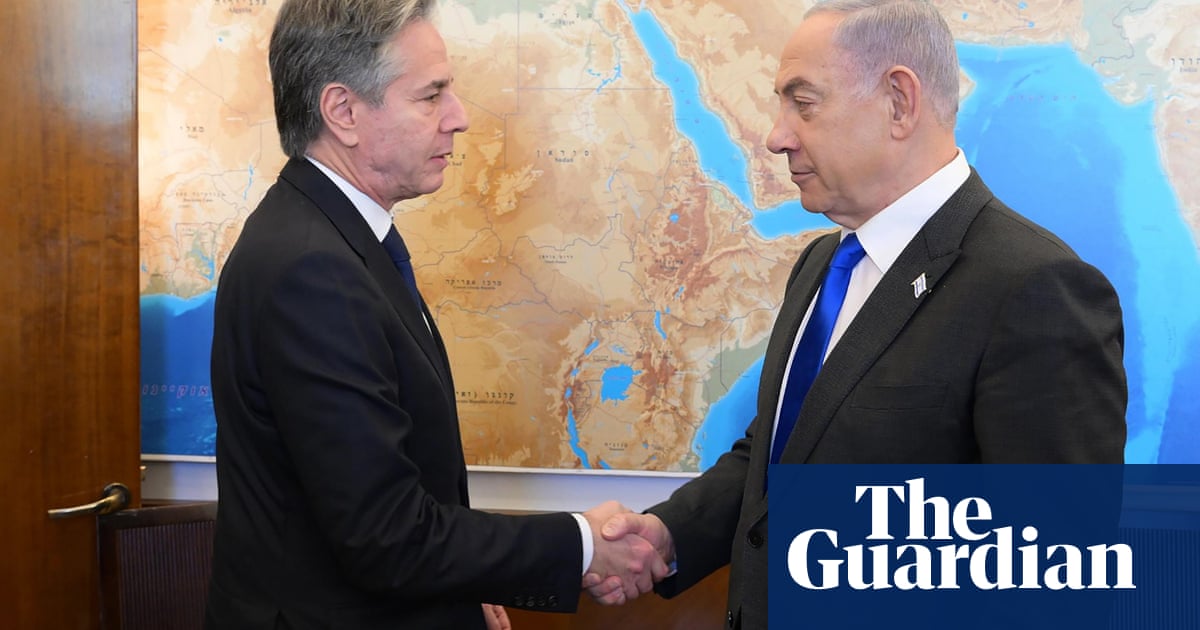
The US secretary of state, Antony Blinken, has said “a lot of work” remains to be done to bridge the gap between Israel and Hamas on terms for a new ceasefire and hostage-release deal, after the militant group put forward its own far-reaching proposal for a permanent end to the fighting.
Reports in Egyptian media on Wednesday said negotiations were ongoing in Cairo, after Hamas’s demands for a lengthy ceasefire and conditions for a prisoner exchange.
Hamas laid out a detailed three-phase plan to unfold over four and a half months, responding to a proposal drawn up by the US, Israel, Qatar and Egypt. The plan stipulates that all hostages would be released in exchange for hundreds of Palestinians imprisoned by Israel, including senior militants, and an end to the war.
It is a position that Israel is almost certain to reject but which mediators are viewing positively, as it appears the group is willing to engage in further negotiations.
Hamas put forward its three-stage plan late on Tuesday via Qatari and Egyptian mediators. Under the proposal, Palestinian militants would exchange Israeli hostages they captured on 7 October for 1,500 Palestinian prisoners, secure the reconstruction of Gaza, ensure the complete withdrawal of Israeli forces and exchange bodies and remains, according to a draft document seen by Reuters.
The plan envisions three stages of a truce, of 45 days each. It comes in response to a proposal put forward by Israel two weeks ago for a six-week cessation of hostilities and the phased release of the estimated 130 Israelis still held hostage in Gaza in exchange for Palestinian prisoners.
In the Hamas plan, all female Israeli hostages, males under 19 and elderly and sick people would be released during the first 45-day phase, in exchange for Palestinian women and children from Israeli jails.
The remaining male hostages would be released during the second phase, and bodies exchanged in the third. By the end of the third phase, Hamas would expect the sides to have reached agreement on an end to the war.
The truce would also increase the flow of food and other aid to Gaza’s 2.3 million desperate civilians, who are experiencing severe shortages of food, water and medicine.
Israel has not yet publicly commented on the details of the Hamas proposal but several unnamed officials told local media that the demand to bring the war to a close was a “non-starter”. A senior Israeli official told the country’s Channel 12 News: “The meaning of Hamas’s answer is a refusal to deal.”
Blinken, who is on his fifth visit to the region since the war broke out, is trying to advance the ceasefire talks while pushing for a larger postwar settlement in which Saudi Arabia would normalise relations with Israel in return for a “clear, credible, time-bound path to the establishment of a Palestinian state”.
But the increasingly unpopular Israeli prime minister, Benjamin Netanyahu, is opposed to Palestinian statehood, and his hawkish governing coalition could collapse if he is seen to be making too many concessions.
“There’s a lot of work to be done but we are very much focused on doing that work,” Blinken told Israel’s president, Isaac Herzog.
The US president, Joe Biden, also commented on Hamas’s counter-proposal. “There’s been a response from Hamas but it seems to be a little over the top … There are continuing negotiations right now,” he said.
Netanyahu has said repeatedly that the war will not end until there is total victory over Hamas. However, the unofficial Israeli position is likely to be more pragmatic.
The columnist Yoav Limor argued in the daily newspaper Israel Hayom: “Hamas’s response is an opening position – a very high opening position, admittedly, but not one that entirely precludes the possibility of reaching a deal.
“Obviously, Israel will not agree to the sweeping conditions that Hamas has posed … That said, Israel is prepared to discuss the details, such as the duration of the ceasefire, the quantity of aid allowed into Gaza and, of course, the number and identity of the prisoners who are to be released in exchange for the hostages. Presumably, that is what will happen now.”
A significant sticking point in talks so far is how many and which Palestinians will be released. In the week-long November truce, 110 Israelis were freed in return for 240 Palestinians, who were mostly women and children held for minor offences or in administrative detention. The new list is believed to include hardened militants serving life sentences.
Both sides are keen to blame the other for a failure to reach a second ceasefire deal. Hamas has set conditions that Israel is highly unlikely to accept, while Netanyahu faces the potential collapse of his far-right coalition government if Israel agrees to any sort of truce.
Blinken arrived in Israel overnight as part of his whistle-stop diplomatic tour of the region aimed at containing escalating violence across the Middle East triggered by the war in Gaza.
Israel began its military offensive in the strip after Hamas killed 1,200 people and took about 250 hostages in the devastating attack on Israel on 7 October.
At least 27,585 Palestinians have been killed by the Israeli campaign, with thousands more feared buried under rubble, according to the health ministry in the Hamas-run Gaza Strip.
About 85% of the 2.3 million-strong population have been displaced from their homes and more than half of the besieged Palestinian territory’s infrastructure has been destroyed, the UN says.





